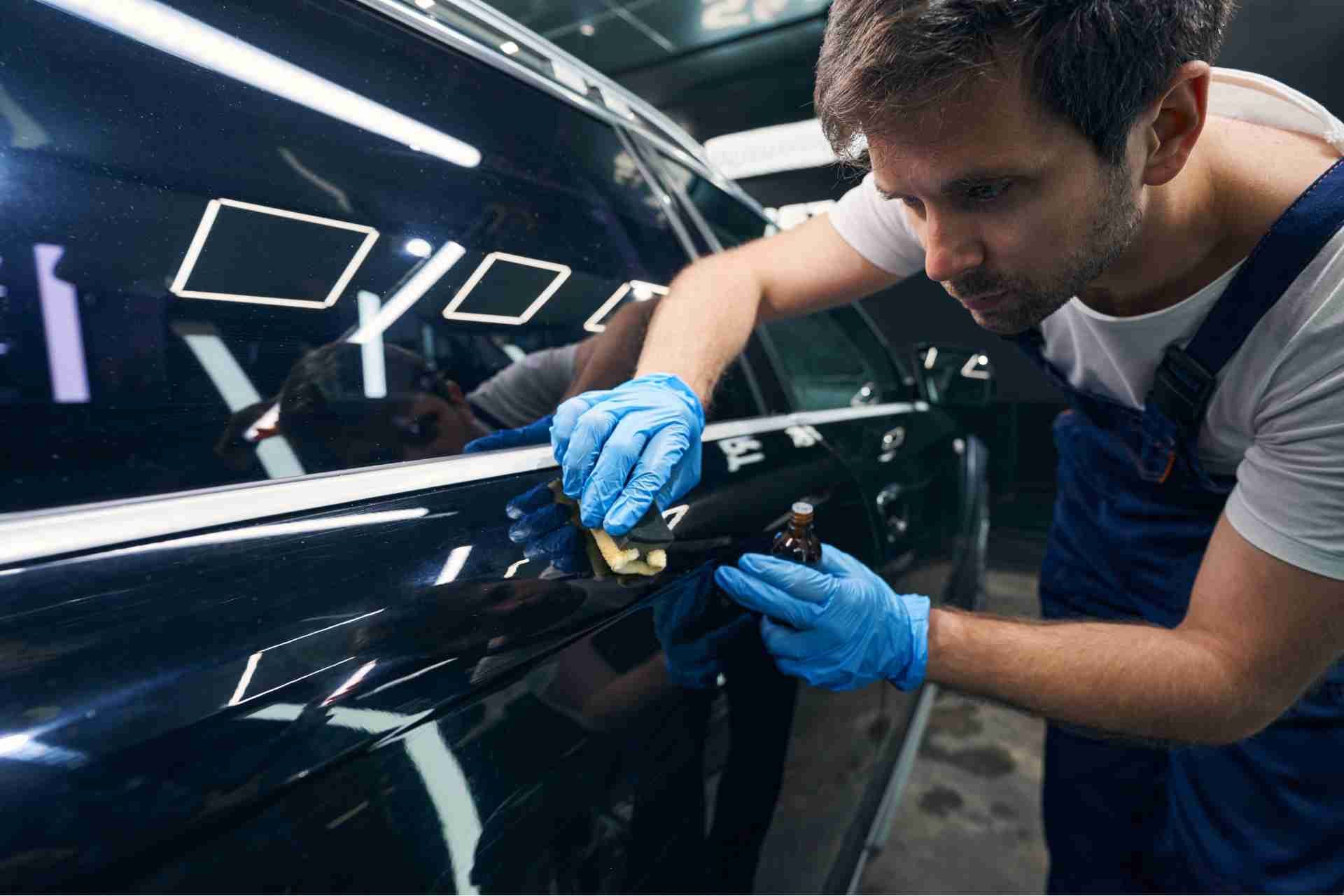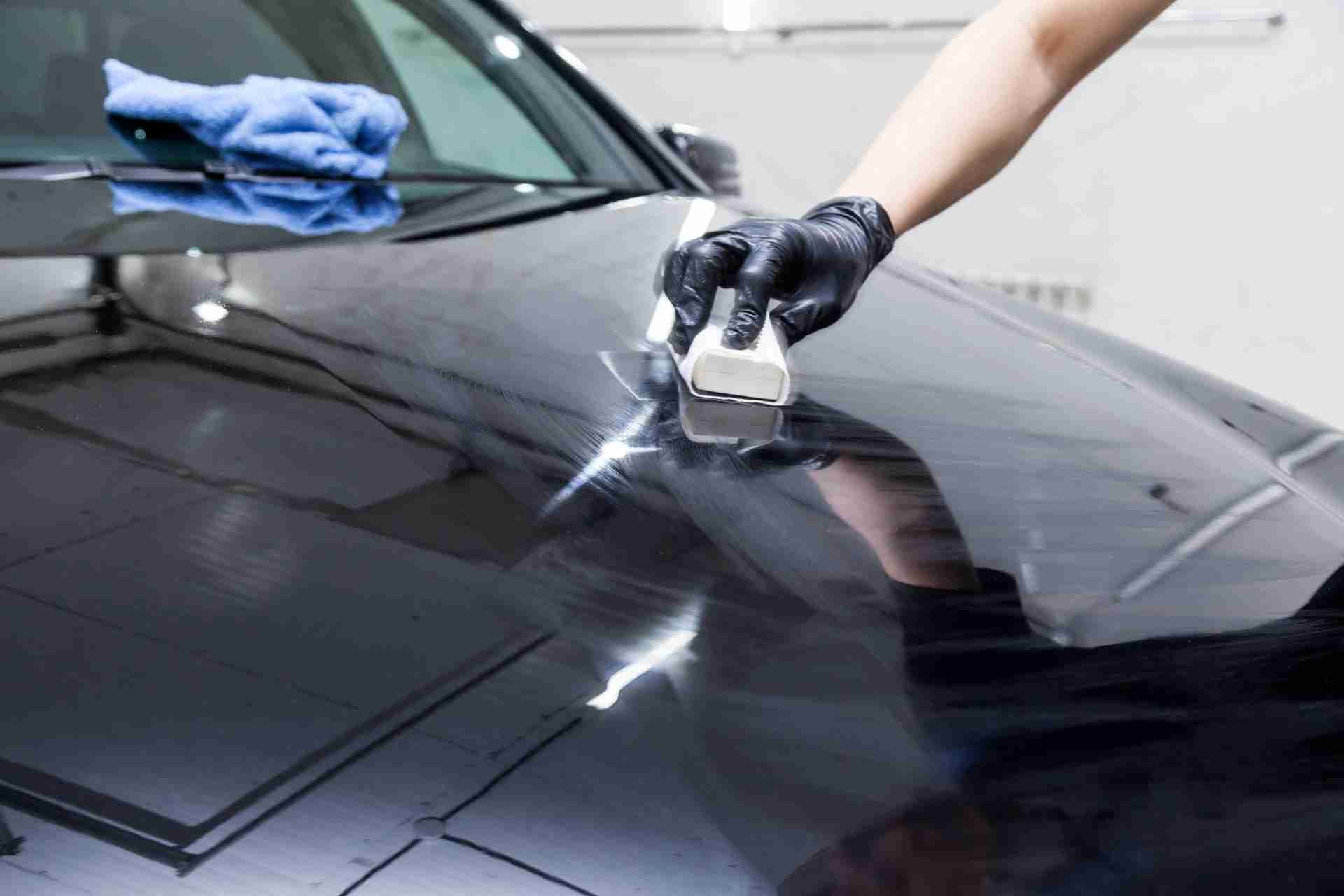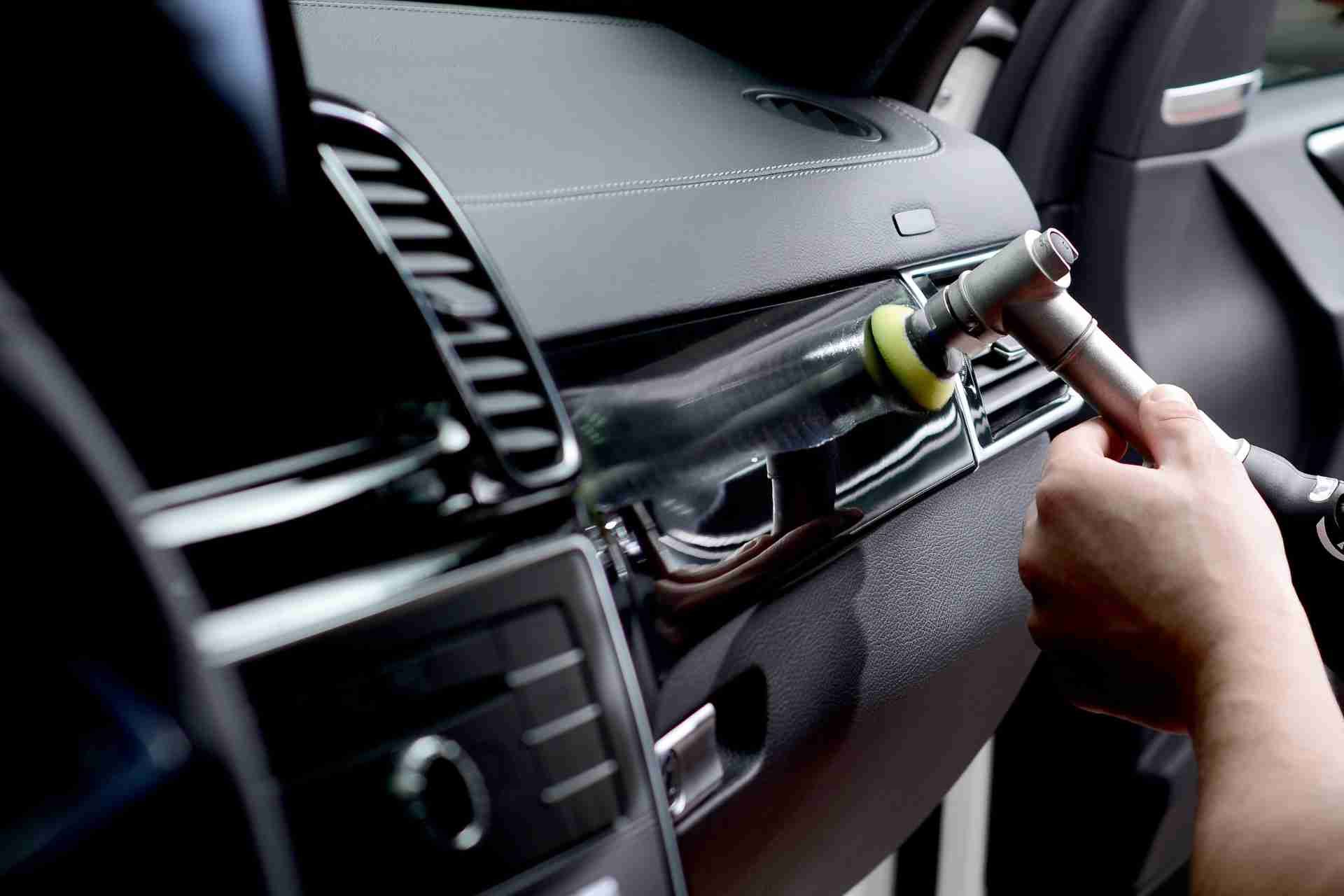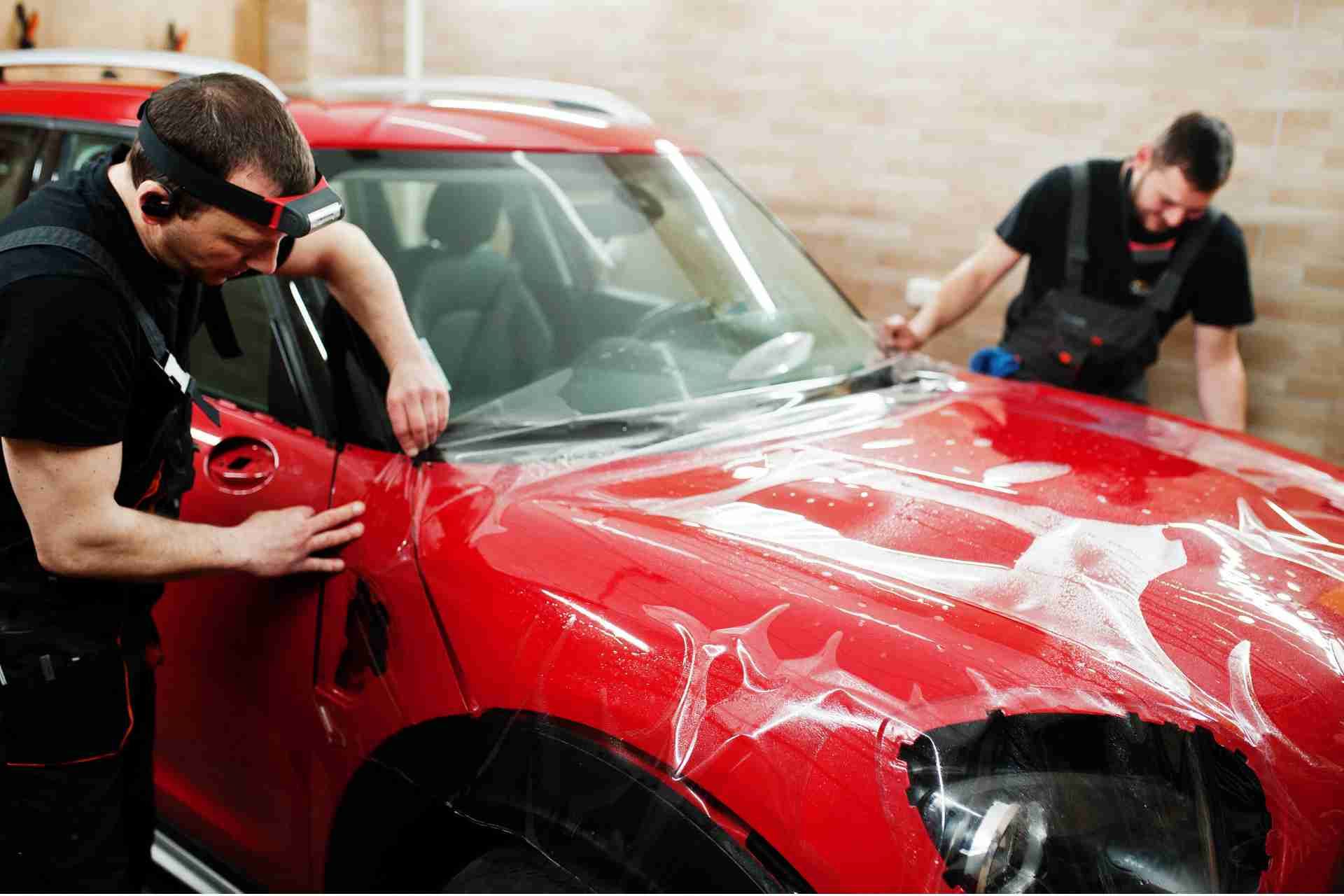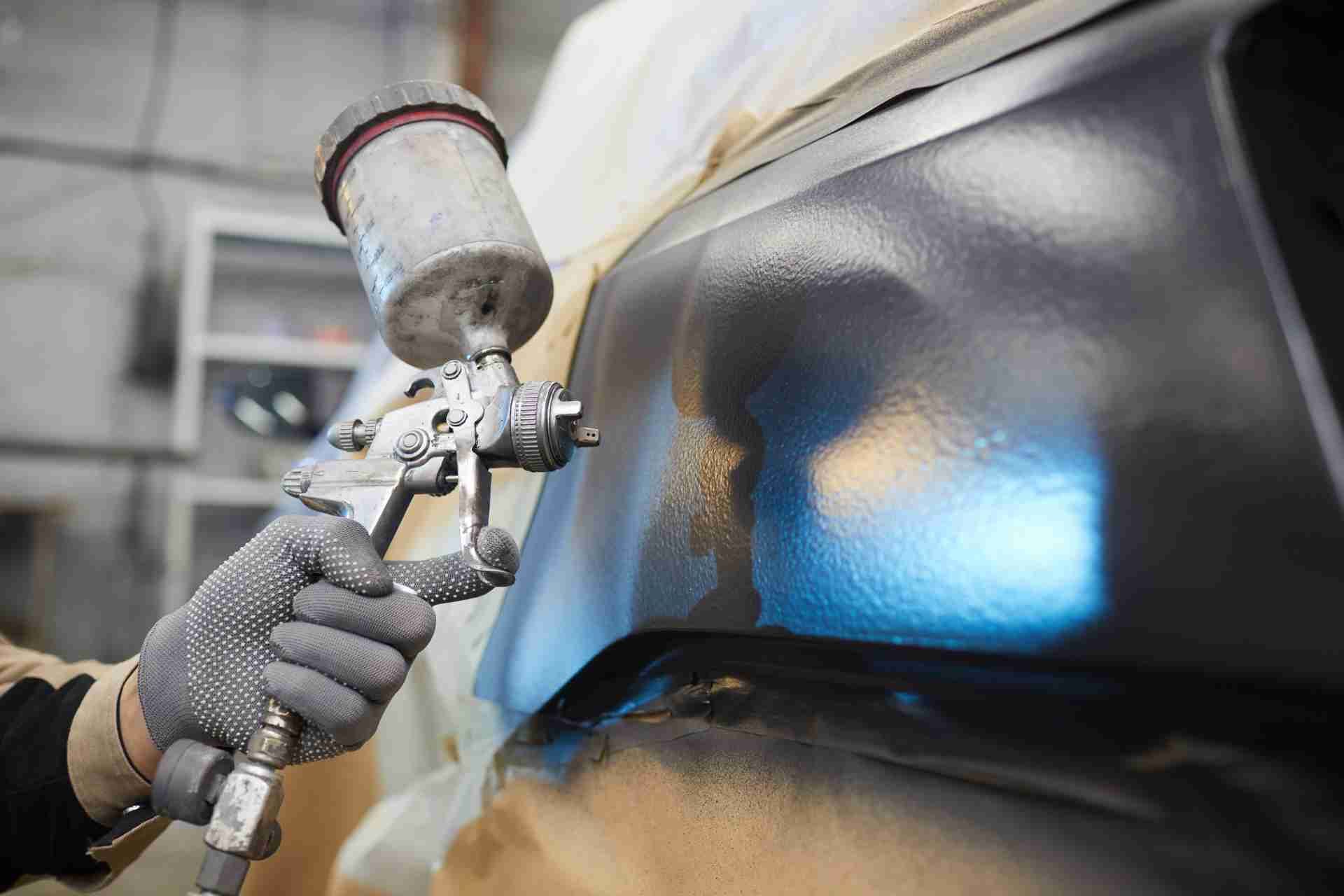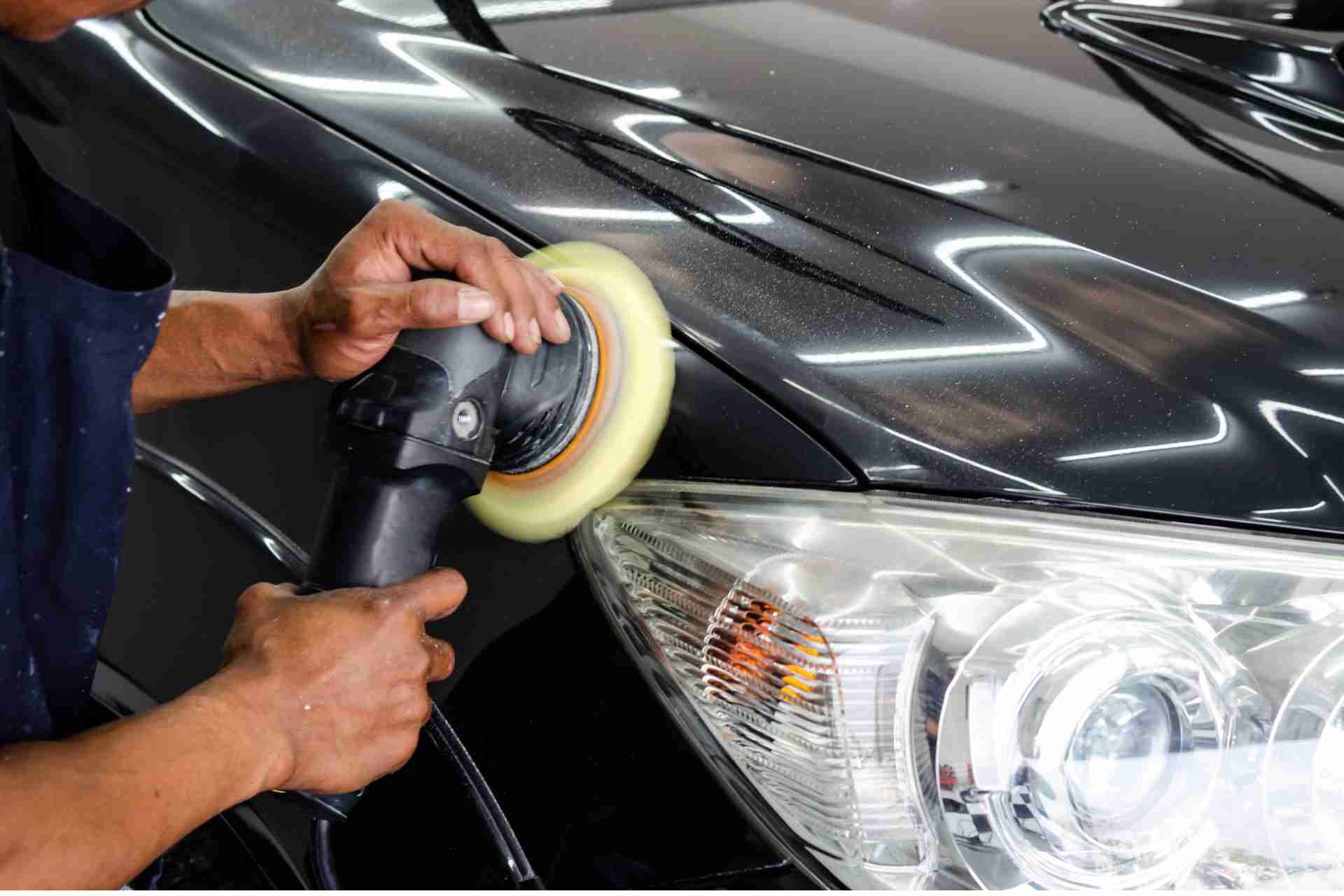Leather vs. Cloth Seats: How Detailing Protects Each
When it comes to choosing between leather and cloth seats, the right detailing practices can significantly impact their longevity and appearance. Each material has its unique maintenance needs that can either enhance or detract from your vehicle's interior. Understanding these differences is essential if you want to preserve both comfort and aesthetics. So, how do you ensure your seats stay in top shape? Let's explore the detailing techniques that matter most for each type.
The Benefits of Leather Seats
When you choose leather seats for your vehicle, you're not just opting for style; you're also embracing durability and comfort.
Leather's resilience means it withstands wear and tear better than many other materials, ensuring your investment lasts. It's easier to clean, helping you maintain a fresh, polished look with minimal effort.
Additionally, leather seats often provide improved temperature regulation, keeping you cooler in summer and warmer in winter.
You'll also appreciate the luxurious feel and sophisticated appearance, elevating your driving experience.
Over time, leather can develop a unique patina, adding character to your vehicle.
Whether you're commuting or embarking on long road trips, leather seats enhance your ride, making it more enjoyable and stylish.
The Advantages of Cloth Seats
While leather seats often steal the spotlight for their luxury, cloth seats come with their own set of advantages that many drivers appreciate.
First, cloth seats offer comfort, especially in extreme temperatures. They stay cooler in summer and warmer in winter, making your ride more enjoyable. Additionally, they're generally more affordable, allowing you to save money upfront.
Cloth seats also tend to be easier to clean; stains can often be treated with simple soap and water. Plus, they're less prone to cracking and peeling, which means they maintain their appearance longer.
Finally, if you have kids or pets, cloth seats provide a more forgiving surface. Overall, cloth seats strike a great balance between practicality and comfort for everyday driving.
Understanding the Detailing Needs of Leather
Cloth seats may offer comfort and practicality, but leather seats require specific care to keep them looking their best. To maintain that luxurious appearance, you need to understand the unique needs of leather.
Regular cleaning is essential, as dirt and oils can accumulate and cause damage over time. Use a gentle leather cleaner and a soft cloth to avoid scratching the surface.
Conditioning is equally important; it helps prevent cracks and maintains flexibility. Look for a high-quality leather conditioner and apply it every few months.
Also, be mindful of sunlight exposure, as UV rays can fade and dry out your leather.
With the right detailing routine, you can protect your investment and enjoy the elegance of your leather seats for years.
Essential Detailing Techniques for Leather Seats
Detailing leather seats requires a careful approach to maintain their beauty and durability. Start by vacuuming the seats to remove dirt and debris.
Next, use a pH-balanced leather cleaner, applying it with a soft microfiber cloth. Gently scrub in circular motions, focusing on creases and seams where dirt accumulates. After cleaning, rinse the cloth and wipe away any residue.
Once dry, apply a leather conditioner to nourish and protect the material. Use a clean cloth for even application, allowing it to absorb fully.
Finally, consider using a protectant to shield against UV rays and stains. Regularly detailing your leather seats will keep them looking great and extend their lifespan, ensuring your investment remains in top condition.
Caring for Cloth Seats: What You Need to Know
When it comes to maintaining your vehicle's interior, caring for cloth seats is just as important as keeping leather in pristine condition.
Regular vacuuming is essential to remove dirt and debris that can wear down the fibers. You should also check for stains immediately—addressing them quickly can prevent lasting damage. Use a gentle upholstery cleaner to treat spots, following the manufacturer's instructions.
It's wise to avoid harsh chemicals that might discolor or degrade the fabric. To protect your cloth seats, consider using a fabric protector; it helps repel stains and spills.
Lastly, periodic professional detailing can keep your cloth seats looking fresh, ensuring your car's interior remains comfortable and inviting for years to come.
Effective Detailing Methods for Cloth Seats
Maintaining your cloth seats goes beyond just regular cleaning; effective detailing can truly elevate their appearance and longevity.
Start by vacuuming thoroughly to remove dirt and debris from the fabric. Next, use a fabric cleaner specifically designed for automotive upholstery. Spray it on a microfiber cloth, not directly on the seats, to avoid oversaturation. Gently scrub any stains or spots, working in circular motions.
After treating stains, steam cleaning can be a game-changer, as it penetrates deep into the fibers. Rinse the cloth with water and blot to remove excess cleaner.
Finally, protect your seats with a fabric protector to repel stains and spills. With these methods, your cloth seats will look fresh and vibrant for longer.
Common Issues and Solutions for Leather Seats
Although leather seats exude luxury, they can face common issues that require attention.
One frequent problem is cracking, often caused by dryness. To combat this, regularly condition your leather with a quality product that nourishes and protects.
Another issue is staining from spills. For this, act quickly; blot the stain with a clean cloth and use a mild soap solution to gently clean the area.
Discoloration can also occur from UV exposure. To prevent this, consider using a UV protectant specifically designed for leather.
Lastly, dirt and grime can accumulate, leading to dullness. Regular cleaning with a soft brush and leather cleaner will keep your seats looking fresh.
Addressing these issues promptly ensures your leather seats remain in top condition.
Common Problems and Remedies for Cloth Seats
Cloth seats can bring comfort and style to your vehicle, but they aren't without their challenges. Stains, spills, and wear can quickly mar their appearance.
To tackle stains, act fast—blot the area with a clean cloth and mild soap solution. For persistent odors, sprinkle baking soda on the seats, let it sit for a few hours, and vacuum it up.
If your seats are showing signs of wear, consider using a fabric protector to shield against future damage. Regular vacuuming helps prevent dirt buildup, which can lead to more significant issues.
Lastly, if you notice any fraying, repair it promptly to avoid further deterioration. With these remedies, you can keep your cloth seats looking fresh and inviting.
Choosing the Right Detailing Products for Each Material
When it comes to detailing your vehicle, choosing the right products for leather and cloth seats is essential for preserving their appearance and longevity.
For leather seats, opt for a pH-balanced cleaner and a quality conditioner to maintain suppleness and prevent cracking. Avoid harsh chemicals that can strip natural oils.
On the other hand, cloth seats benefit from a deep cleaner that targets stains and odors without damaging the fabric. Look for products specifically designed for upholstery. Always test a small area first to ensure compatibility.
Additionally, consider using protectants to shield both materials from future damage. With the right products, you'll keep your seats looking fresh and extend their lifespan significantly.
Conclusion
In the battle between leather and cloth seats, proper detailing is your best ally. By understanding each material's unique needs, you can keep your vehicle's interior looking and feeling great. Whether you're conditioning leather to prevent cracks or treating cloth to eliminate stains, regular maintenance pays off. Invest in the right products and techniques, and you'll ensure your seats not only last longer but also provide comfort and style every time you hit the road.


